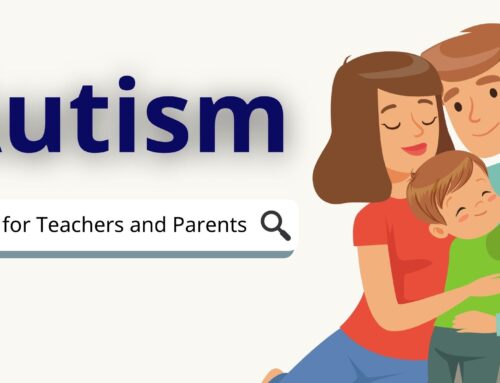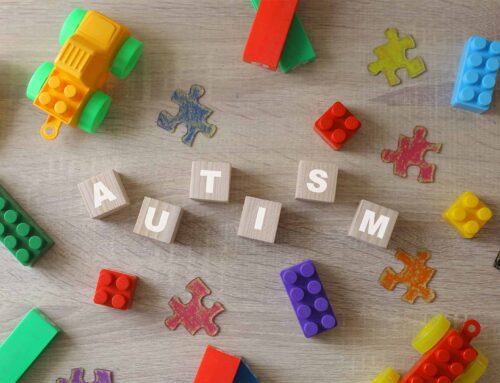Your voice is a powerful tool for communication. It allows you to express yourself, connect with others, and navigate the world around you. But what happens when your voice doesn’t function properly? Voice disorders can affect anyone, at any age, and can significantly impact your quality of life.
What is a Voice Disorder?
A voice disorder is a condition that alters the quality, pitch, or loudness of your voice in a way that deviates from the expected range for your age, gender, and cultural background. This can manifest in a variety of ways, including:
- Hoarseness
- Breathiness
- Roughness
- Vocal fatigue
- Difficulty speaking
- Loss of pitch control
Causes of Voice Disorders
There are many factors that can contribute to a voice disorder. These can be broadly categorized into two main groups:
- Organic Causes: These stem from physical problems with the vocal cords or the surrounding structures. Examples include:
- Vocal fold nodules and polyps: Noncancerous growths on the vocal cords caused by vocal strain or misuse.
- Laryngitis: Inflammation of the voice box, often due to a viral infection or vocal overuse.
- Vocal fold paralysis: Inability to move one or both vocal cords due to nerve damage.
- Gastroesophageal reflux disease (GERD): Stomach acid backing up into the throat, irritating the vocal cords.
- Functional Causes: These relate to how you use your voice, such as:
- Vocal overuse or misuse: Often seen in professions requiring frequent or loud talking (teachers, singers).
- Muscle tension dysphonia: Excessive tension in the muscles surrounding the vocal cords.
- Psychogenic voice disorders: Voice problems linked to psychological factors like stress or anxiety.
Symptoms of Voice Disorders
The symptoms of a voice disorder can vary depending on the underlying cause. Some common signs include:
- Changes in pitch, volume, or quality of your voice
- Hoarseness or breathiness
- Difficulty maintaining a clear voice while speaking
- Vocal fatigue or a feeling of strain after speaking
- Pain or discomfort in the throat
Diagnosis and Treatment
If you are experiencing any persistent changes in your voice, it’s important to consult a doctor or speech-language pathologist (SLP). They will conduct a comprehensive evaluation, which may include:
- Medical history review
- Physical examination of the vocal cords (often using a laryngoscope)
- Vocal function assessment
Treatment for voice disorders depends on the specific cause. Here are some common approaches:
- Voice rest: Reducing vocal strain can allow the vocal cords to heal.
- Vocal hygiene education: Learning proper voice use techniques to prevent future problems.
- Voice therapy: Working with an SLP to improve vocal strength, coordination, and endurance.
- Medication: To address underlying medical conditions like allergies or GERD.
- Surgery: In some cases, surgery may be necessary to remove growths or correct structural abnormalities.
Conclusion
Voice disorders are a common health concern, but with proper diagnosis and treatment, most people can regain a healthy voice. If you suspect you may have a voice disorder, don’t hesitate to seek professional help. Early intervention can prevent the problem from worsening and improve your overall communication abilities.





Leave A Comment